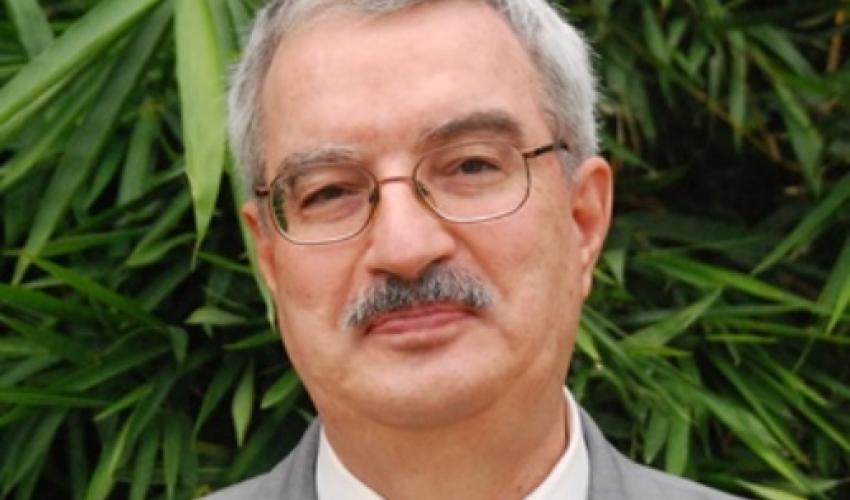Braulio Ferreira de Souza Dias, Executive Secretary, Convention on Biological Diversity (CBD) introduces a framework that ensures that all work to implement the CBD is gender responsive.
The theme of the IUCN World Conservation Congress 2016, ‘Planet at the crossroads’, reflects the profound and urgent need for change in how we approach conservation and for a deeper commitment to the sustainable use of biological resources.
Addressing the pervasive gender issues that influence the success of conservation efforts is critical to ensuring real and lasting change, and securing a sustainable future. I am heartened to see the critical discussions on gender that are planned for the IUCN Congress, which will help advance efforts in this important area of work.
Recognising women’s roles as key land and resource managers is central to the success of biodiversity policy. For example, female farmers currently account for 60-80% of all food production in developing countries, but gender often remains overlooked in decisions related to the use of biodiversity resources.
The Parties to the Convention on Biological Diversity (CBD) have shown leadership in addressing this ‘missing link’ by adopting the 2015-2020 Gender Plan of Action, a framework to ensure that gender issues are substantively incorporated in all work to implement the CBD. The Gender Plan of Action is ambitious and requires the support and engagement of all partners and stakeholders. I’m happy to highlight an important initiative between the CBD Secretariat and IUCN’s Global Gender Office (GGO) that promotes these efforts at the national level.
Through support from the Government of Japan, this initiative is working to mainstream gender considerations into National Biodiversity Strategies and Action Plans (NBSAPs). As NBSAPs are the main national policy vehicle for implementing the Convention, the extent to which they incorporate gender issues is extremely important. The project will work with at least three pilot countries.
Mexico, the first pilot country, has shown strong commitment to addressing gender issues in its revised NBSAP. A recent workshop held in Mexico City saw concerted engagement from government ministries, in particular the Ministry of Environment (SEMARNAT), the National Commission on Knowledge and Use of Biodiversity (CONABIO) and the Ministry of Women’s Affairs (Inmujeres), in collaboration with IUCN.
More than 60 women and men working across a range of issues related to gender and biodiversity shared experiences and provided inputs to address the role of gender in the NBSAP. Perspectives on gender, Indigenous peoples, local communities and ethnic diversity were offered to guide the draft document which is now being reviewed before being opened up for public consultation.
We hope that by sharing the results of this process, including at the 13th Conference of the Parties (COP 13) to be held in Mexico in December 2016, we’ll encourage other Parties to strengthen their approach to addressing gender issues in biodiversity policy and programming. Brazil and Uganda have already taken on this challenge as the next pilot countries to take part in the initiative, supported by the Japan Biodiversity Fund.
While we are excited to support such national efforts to mainstream gender, we recognise that there are many more steps to be taken as we forge new pathways and strengthen existing efforts to address gender issues in biodiversity conservation and sustainable use.
Forums like the IUCN World Conservation Congress and COP 13 can help move us forward on addressing gender issues in conservation by providing the space for discussion among conservation practitioners, Parties and stakeholders.











